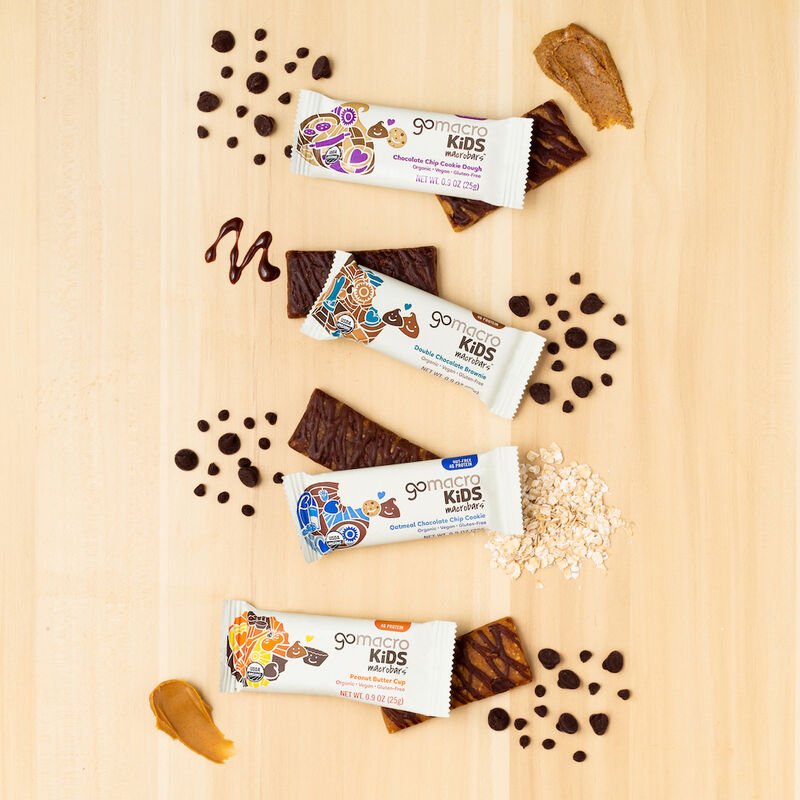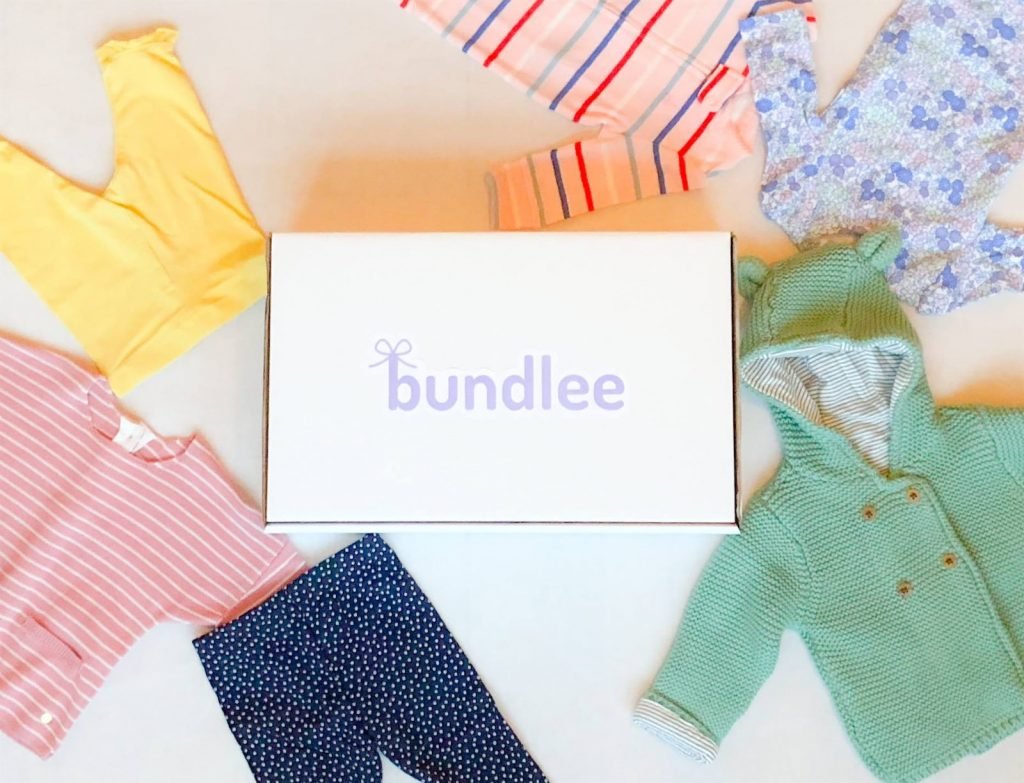The 2022/23 Trend Forecast for Family Brands: Conscious Living
Conscious living, whether that’s being more considerate to the planet or to the people on it, is a huge mega trend that we’ll continue to see for the foreseeable future (Trend Bible, 2021). So, what are some of the key ways family brands can address this trend in 2022 and 2023?
Increasingly, consumers are expecting brands to be accountable, responsible and trustworthy (WGSN, 2021). Society is more clued-up (than ever before) on sustainability, health and well-being. So, it’s easy to spot when organisations are greenwashing, or if there’s no real substance to their messaging (Trend Bible, 2021).
With this in mind, how can family brands approach the important macro trend of conscious living with authenticity and real purpose?
We’ve collated three key trends that you should be thinking about, as well as some quick wins and recommendations for you to take away!
Calm Commerce
As a result of the COVID-19 pandemic, brands are prioritising wellness, and they are turning their attention to how to help their consumers look forward to the future positively (Trend Hunter, 2021). For families, this predictable cohort desire certainty and reliability, and after spending the last couple of years feeling overwhelmed, they’re drawn to brands which allow for convenience and simplicity.
Calm commerce is a trend that has grown in branding and marketing as a result of this common anxiety in consumers. Design is moving away from “competitive and aggressive colour palettes, and more on relaxation, soft tones, and even softer surfaces” (Bell, 2020).
For example, the Spanish supermarket Consum (featured below) has a new design which aims to reduce visual noise by using colour, lighting and signage to create a warm and helpful experience. The redesign of the store has been a success and will be integrated into all 680 of their stores across Spain.
Quick Win:
Are you putting your customer at ease, or are you bombarding them?
This trend doesn’t necessarily need to be considered solely in the retail space! You could apply the practice of calm commerce across all your communication and designs. Ensure that you’re creating a calm, and easy experience for your audience.
Image: Consum – Spanish supermarket chain.
2. Minimalism for Children
Not only is it important to consider the emotional wellbeing of your audience — what about the physical?
It’s clear that brands are also expected to have more responsibility in this area, too, as the UK Government is introducing new legislation restricting marketing capabilities on snack products which are high in sugar, fats and acids. They’re looking to reduce “pester promotions” to prevent overconsumption and obesity in children.
Children’s snack brands are placing more on how parents perceive their designs, as they tend to be drawn to the options which are more beneficial to their children’s health. As busy branding is often associated with “junk” food, a minimalist design is associated with more nutritious food options. Thus, brands are increasingly adopting a paired back approach (Trend Hunter, 2021).
Quick Win
You don’t necessarily need to have a full rebrand to incorporate a minimalist design. For example, do you have a particularly healthy range that you could create separate designs for?
This doesn’t need to apply to food brands only. For example, toy brands are adopting this idea.
Remember! Make sure all of your designs stay true to your brand guidelines.
Image: GoMacro Kids — stylish packaging for children’s protein bars.
3. Reducing Waste
People are becoming more and more concerned about where their products end up after use. For example, even technology companies are now including biodegradable capabilities in their products (Trend Hunters, 2021). For the family industry, which sees consumers through a period of constant growth and change, this is important to consider.
Rental subscription boxes are a key trend that will arise in the next couple of years (Trend Bible, 2021) as a way to combat this waste. Take a look at Bundlee below, who are already making a splash in the family industry with this model. By providing ethically and sustainably sourced clothing that parents can rent for their child’s age group and then return for the next subscription, they’re limiting the throw-away nature of the fashion industry.
Quick Win:
All attempts to be more sustainable, and to communicate your sustainable efforts should be approached with caution and transparency. To avoid being deemed as ‘greenwashing’, you should check that you’re being honest and realistic about your plans, and only commit to actionable changes.
With this in mind, if using a rental subscription model seems a little out of bounds for your organisation, could you:
Provide step by step instructions on how to best re-use, re-cycle or dispose of your product (and/or packaging)?
Try running a competition to encourage families to design fun ways to recycle your product?
Image: Bundlee — a sustainable subscription service for babies’ clothing.
Ultimately, when approaching the trend of Conscious Living, you must make focussed and meaningful decisions. Put measured steps in place to help you to achieve your goals, and make sure that these goals align with your brand and stay true to your identity. Authenticity is key!
Do you need help with making your plans for the year ahead? We’d love to chat you! Please do get in touch…
By Matilda Richardson-Brown
(Buttercrumble’s Community Happiness Manager)
References
Bell, A. 2020. NRF Big Show. ‘Understanding Future Consumers’. [Online]. [Date accessed 7th December 2021] Available from: https://nrf.com/blog/understanding-future-consumer
Trend Hunter. 2021. 2022 Trend Report. The Roaring 20’s are Coming Back’. [Online] Available from: https://home.mycloud.com/public/fabc9b58-d6b6-4cbe-b7b9-dfad01dcff33/file
Trend Bible. Feeley, J. 2021. Rise & Design: Responding to Global Consumer Trends . [Date accessed: 12th November 2021] Available from: https://www.youtube.com/watch?v=oZG-rnoEe-o
WGSN. 2021. Consumer Lifestyles 2023. [Online]. [Date accessed: 7th December 2021]. Available from: https://www.wgsn.com/en/resources/sample-reports



